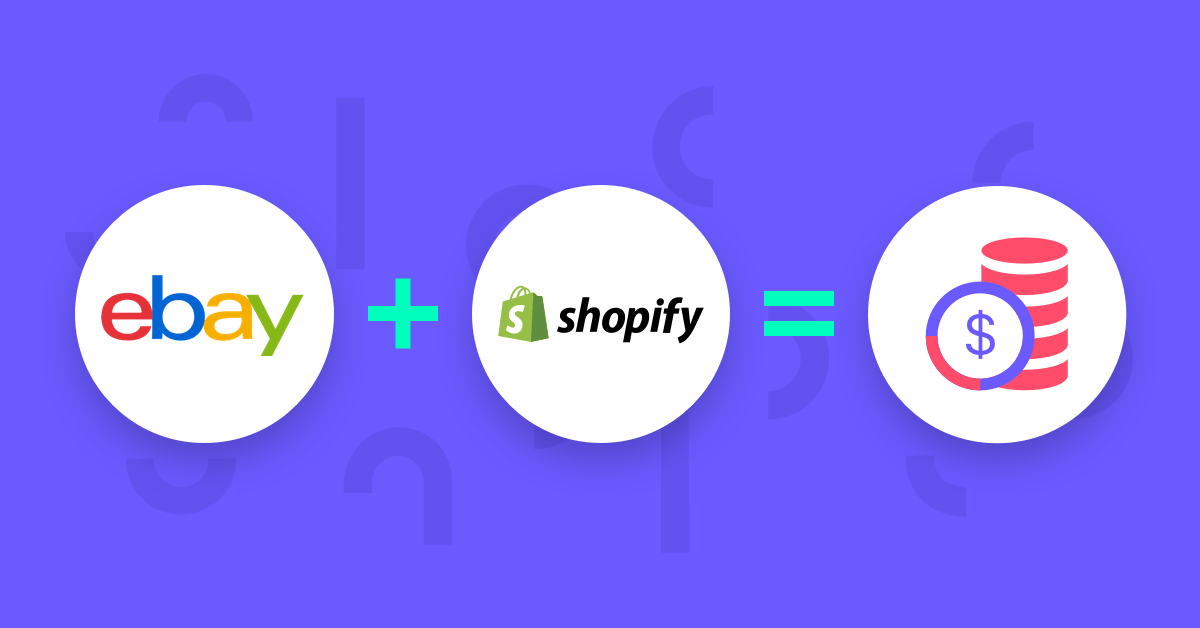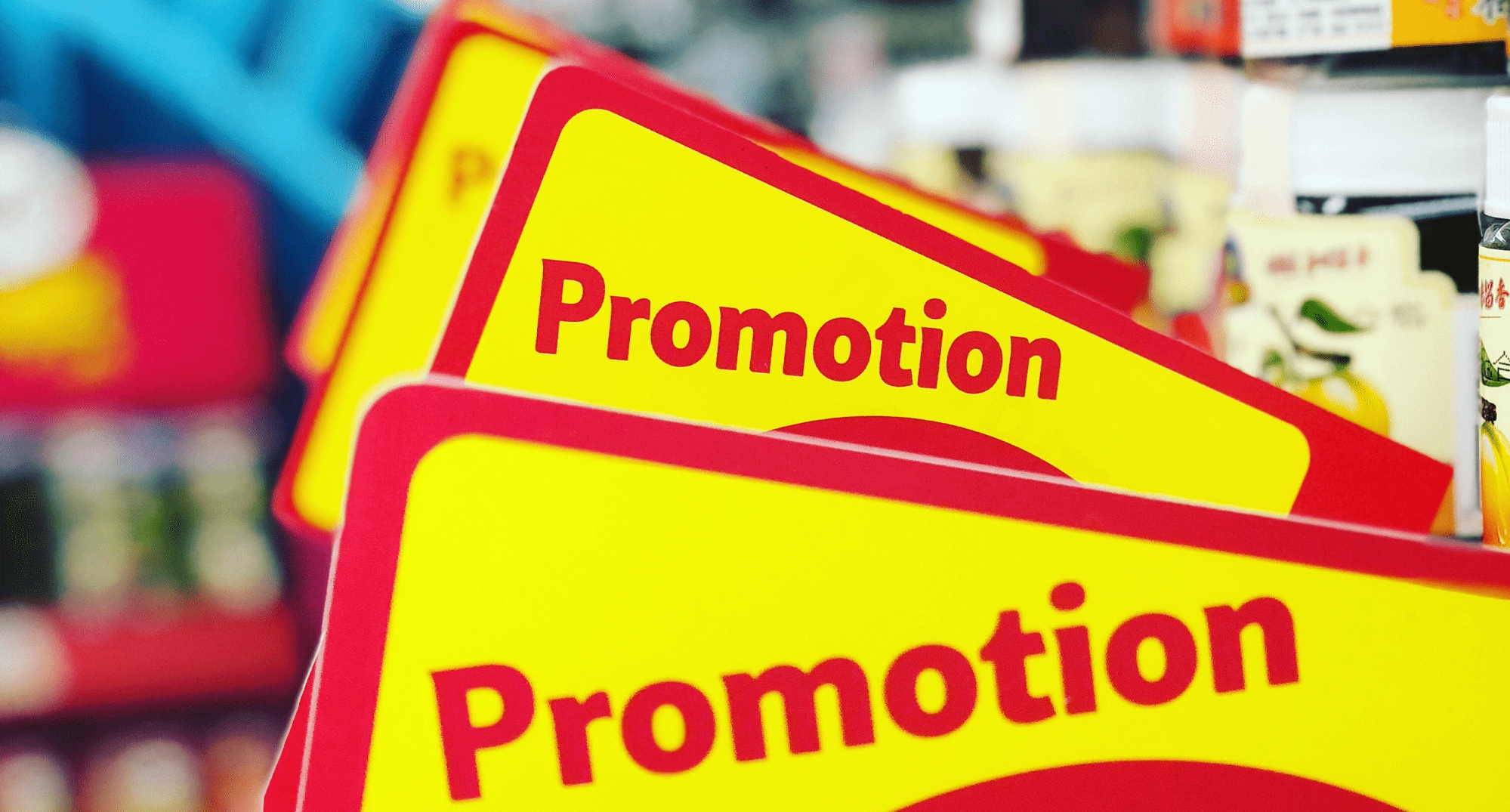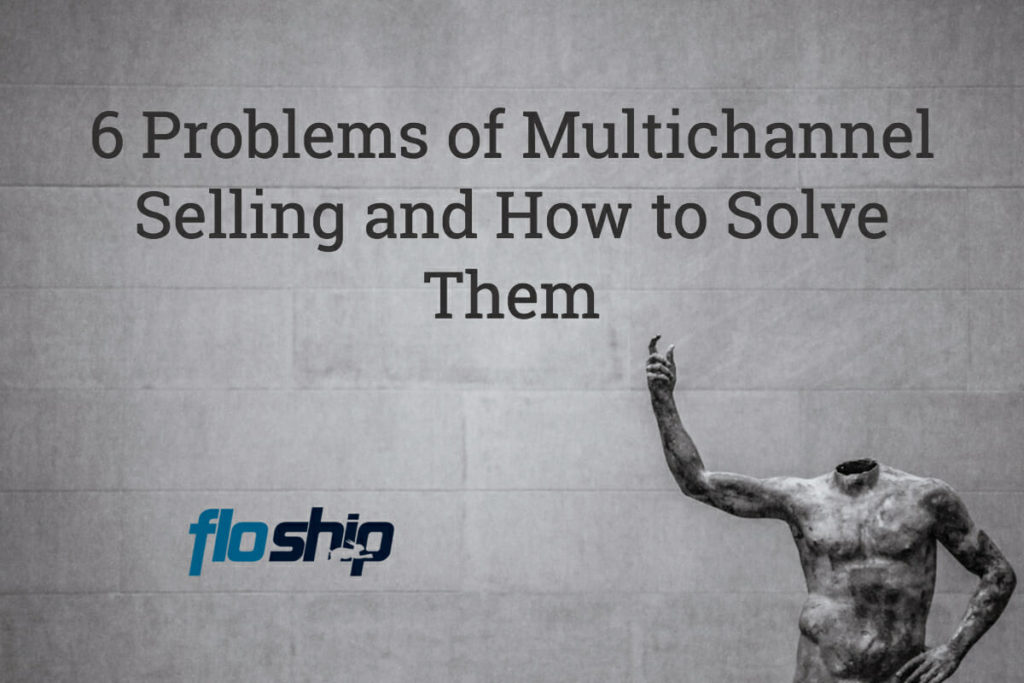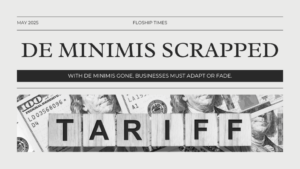The ecommerce world was once dominated by the ‘webstore vs marketplace’ argument. The concept of multichannel selling long put that argument to sleep when ecommerce retailers decided to have the best of both worlds.
It’s not uncommon to see your favourite brand selling on their own web store, as well as selling on Amazon or eBay.
Metaphorically, that’s a fishman casting a bigger net in order to catch more fish. That’s the essence of multichannel selling.
A independent and well structured web store can educate new customers, build trust and also operate as the main storefront for the brand’s online sales.
Marketplaces like Amazon, Etsy and other alternatives have incredible amounts of traffic to leverage and are great platforms to springboard the launch of a brand.

Today, we won’t be discussing the pros and cons of selling on a web store vs a marketplace. It’s a given that a majority of retailers do this now. Instead, we will discuss the problems that arise when your brand is present in multiple sales channels – and how to avoid said problems.
Multichannel mishaps
An ever increasing amount of curated sales channels, online marketplaces, SaaS products and online tools is whetting the appetite of ecommerce sellers of all shapes and sizes.
But with a lot of these solutions, come even more problems.
A new tool is a new process and routine that a seller must become familiar with. A new marketplace means learning new marketplace SEO procedures, listing and fulfilment processes and rules and regulations.
Related: Marketplace SEO – eBay, Amazon & Etsy
More tools are great, complications and problems are not.
As a savvy online retailer, you’re spending more time managing multiple accounts over multiple channels (or hiring staff to do so), instead of spending time and resources on growth, innovation and entrepreneurship.
Whether you’re a small, handmade boutique selling one-off products, or a warehouse moving thousands of units a day, multichannel selling presents many opportunities, but many potential pitfalls.
Multichannel inventory management
Trust is built between a brand and a buyer when they see the same product in multiple channels. But headaches arise and trust is damaged when there are inconsistencies.
A question that a buyer will more that likely ask if your stock numbers are inconsistent:
“Why does product x have a quantity of only 2 in your webstore, but the eBay listing for the same product says there’s 13?”
Little things like overselling and underselling hurt your brand’s image. Having to write an email along the lines of ‘sorry, but we don’t actually have what you bought’ isn’t a good way to spend your day, either.
Thankfully, multichannel merchants have a wide selection of software that can update your inventory in real time. Cloud-based solutions like this operate 24/7 and keep all inventory numbers up to date.
This means your spend less time tabbing between the web store and eBay to update stock numbers, and more time being innovative elsewhere.

Selective product listing
A brand that sells their entire inventory on an independant website may be reluctant to put their entire inventory on a popular marketplace like Amazon.
Not only will Amazon themselves see how your product fares, but you’ll also be placed directly alongside your competition, with price often being the only way to gain an advantage.
But a brand may want to sell a new product only on their website, where they can educate the customer and observe their behaviour in finer detail.
Alternatively, a seller may want to test and validate a new product in the high-traffic area of a marketplace.
Therefore, mindlessly listing all products everywhere is not an ideal situation. Selectively exposing certain products to certain sales channels can be advantageous.
It’s true that the average spend on most marketplaces is less than an independent web store.
Tip: Use your cheaper products to gain the attention of engaged marketplace buyers and funnel them into your web store.
When fulfilling your marketplace sale, include a discount code that’s only valid in your web store. This way you will:
- Turn marketplace traffic into website traffic
- Increase the likelihood of a return purchase
- Show off your brand, rather than just a marketplace listing.
Competing on price over multiple channels
A product may be more competitive if it’s cheaper on a marketplace (listed alongside direct competition) than your webstore.
The same product listed on your web store may incur a higher premium, as the buying experience can be much more customized.
Alternatively, a savvy seller may be more inclined to buy from your web store if the price is lower there than on eBay. This approach can save you a multitude of fees, too.
For whatever reasons, a seller may like to list the same product for a different price in multiple sales channels. This means that no matter where your product is sold, your profit margins per product will be consistent.
The problem that arises is one we mentioned earlier – consistency, or more importantly, inconsistency.
If stock quantities are different between your eBay store and your web store, what damage will a price difference do to your brand?
‘Why is your shirt $13 on Etsy but $8 in your web store?’
The best solution to this problem? Do your own testing. “https://cxl.com/blog/16-ecommerce-ab-test-ideas/” target=”_blank” rel=”noopener”A/B test your prices over different sales channels to see if your conversion rate is affected.
Do you sell more units when a product is listed on a marketplace lower or higher than your web store? When your conversion rate is at its highest, what is your overall profit per sale?
Weighing up these 2 factors can help you find the ideal price for each sales channel.
Multichannel marketing
With multichannel selling comes multichannel marketing, a.k.a. omnichannel marketing. Many retailers know the power of PPC ads, but poor execution will burn your budget away.
It only seems logical then, that your advertisements would lead to your own web page, rather than a listing on a marketplace. Why would you spend money on an advertisement to lead a buyer to a marketplace – where you pay fees – each time there is a sale?

But consider for a moment, Amazon. In order to win the Amazon buy box, a seller needs to have a considerable amount of positive reviews.
If you’d like to get an advantageous edge on Amazon, use paid advertisements to get buyers to your Amazon listing. This increases your chances of a sale, and ultimately a positive review. In time, this can help you to establish yourself in the competitive arena of Amazon.
Before paying to drive traffic to a marketplace listing, consider the following:
- Your buyer persona
- Would your buyer already have an account on that marketplace?
- The CPC of each advertisement
- Competition in your marketplace category
- Directing your marketplace buyer to your website for their next purchase.
Customer and order management
With using more sales channels, comes more sales (if you’re doing it right, that is).
With so many order details, purchase orders and shipping details coming in, it’s simple to mix things up. Throw in a higher amount of customer inquiries, returns and refunds and the potential for a sleepless night increases.
But just like multichannel inventory management, there are many cloud based solutions to this problem.
Take Shoplo Multichannel, for example.
Simply upload all inventory data then publish your products to any sales channel you’d like.
Monitor and fulfill orders for every channel from the one dashboard. A sale in eBay is handled the same way as a sale in your Shopify web store or Amazon.
Not just sales, either – product feeds, inventory and customer management is all taken care of in a single dashboard.

This technology ensures data is consistent over all channels and that a seller has more time to focus on what’s important for the brand.
Order fulfilment
Order fulfillment is the complex series of process between receiving an order and sending it out to the customer. Ecommerce sellers of all shapes and sizes may dropship products, fulfill orders themselves or use a third-party fulfillment service.
In any case, a successful order fulfilment process saves sellers of all sizes a staggering amount of time, money and potential frustration.

These various ways to fulfil orders, combined with orders from multiple sales channels, make it easy for wires to be crossed and orders sent to the wrong customers. Sending an order from Etsy to an Amazon customer will obviously not leave a positive impression.
The solution to this problem varies on the scale of your inventory, and where it’s stored. A small boutique store may little have it’s inventory ‘out the back of the shop’. In this case, self-fulfilment is the best option.
If your inventory is big to store on-site should look at third-party fulfillment.
What’s 3pL fulfillment?
Simply put, another company will store, pack and send your orders. The benefits of such a service are almost endless:
- No need to store stock yourself – no need to rent a warehouse
- No need to hire staff to pick & fulfil orders
- Set & forget. Time saved so you can focus on innovation & growth.
3PF can be beneficial if you’re too busy to fulfil orders yourself, you lack the time to develop fulfilment standards yourself, or if your sales are seasonal and cyclical.
Related: 5 Ecommerce Fulfilment Problems (And How To Fix Them).
Over to you
Now you’re aware of the problems you may encounter while selling on multiple platforms and how to solve them – if you haven’t already encountered them.
Multichannel selling is a huge factor in the future of eCommerce. Whether you’re a dropshipper or a handmade crafter, the concept will have a massive effect on the income of your brand.
With these problems and solutions in mind, go forth and find the next niche marketplace for your brand to be seen on!
Phil is part of the team at Shoplo where he spends his time solving common ecommerce problems, avoiding dull content and stroking his beard. Follow the Shoplo team on Twitter @shoplo_com

Ready To Upgrade Your Logistic Solution?
Speak to Floship ecommerce logistic consultant about improving your global support chain today




